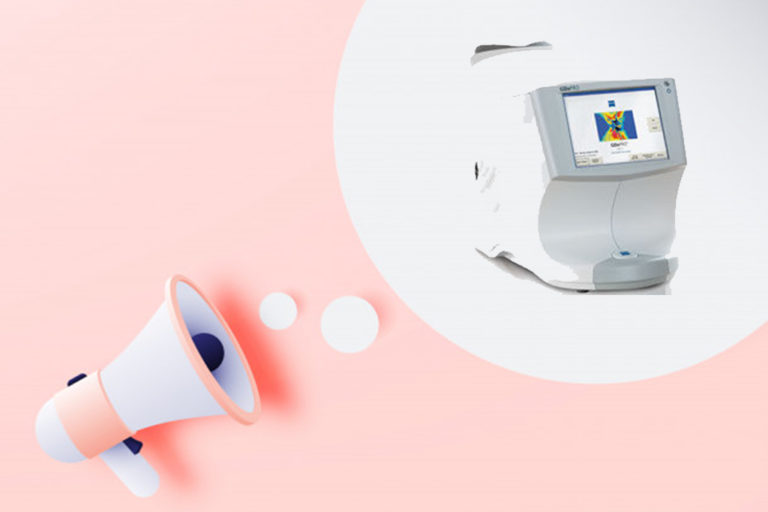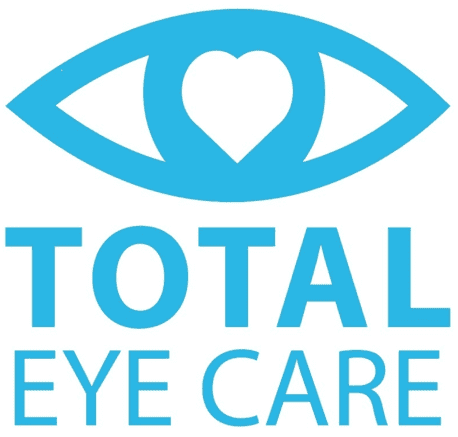Carl Zeiss Meditec Announces 2,600th GDx Installation in U.S.

Carl Zeiss Meditec Announces 2,600th GDx Installation in U.S.
More Patients Have Access to Powerful Tool in Fight to Prevent Vision Loss
DUBLIN, CA — (MARKET WIRE) — October 12, 2006 — Making a powerful tool in the fight to preserve vision in glaucoma more widely available, Carl Zeiss Meditec, Inc., today announced the 2,600th GDx Scanning Laser Polarimeter installation at the private offices of Douglas P. Webb, M.D., in Cleveland, Ohio.
“As a general ophthalmologist for the past 20 years, I have taken care of many patients with glaucoma, and have therefore followed the development of new imaging technologies for the optic nerve and retinal nerve fiber layer very closely,” said Dr. Webb. “The GDx system offers a new tool for diagnosing and managing glaucoma, as it provides us with information that can’t be obtained from visual inspection of the optic nerve, visual field testing or intraocular pressure measurements, all of which had been the traditional triad of markers for glaucoma.”
In order to preserve vision in glaucoma, early detection is imperative and RNFL damage is one of the early manifestations of the disease. The GDx Scanning Laser Polarimeter provides highly detailed measurements of the retinal nerve fiber layer (RNFL) for the early detection and management of glaucoma.
“The new system has been a valuable addition to my practice, and from a cost standpoint, it is paying for itself quickly,” continued Dr. Webb. “In addition to being technically advanced, it has been very easy for the staff to learn to use and we find the system extremely reliable.”
GDx technology compares the patient’s RNFL to a large, multi-racial normative database, and also uses neural network techniques to calculate the probability of glaucoma. Study results show that even before visual field loss, the GDx can differentiate between normal eyes and glaucomatous eyes with sensitivity and specificity of 83 percent and 82 percent respectively*. The system also produces highly repeatable results even with different operators, which makes it an essential tool for tracking change over time.
“For a lot of patients with glaucoma, considerable RNFL damage may have already occurred by the time they notice any vision loss,” said Jim Taylor, president and chief executive officer for Carl Zeiss Meditec.
“Precise, in-depth assessment of the RNFL as well as ongoing monitoring for change is critical in early diagnosis and vision preservation.
“The GDx not only helps physicians make their diagnostic decisions, but also helps them explain glaucoma to patients, so they are more likely to comply with their treatments,” said Taylor.
About Glaucoma
Glaucoma is a group of eye diseases that gradually steal sight without warning. In the early stages of the disease, there may be no symptoms. In fact, experts estimate that half of the people affected by glaucoma may not know they have it. Early detection is vital to stopping the progress of the disease, as there is no cure for glaucoma. According to the World Health Organization (WHO), glaucoma is the leading cause of blindness among African Americans, and the second leading cause of blindness in the world. If detected early and accurately, physicians will have more time to treat the disease and preserve vision, possibly before vision loss.
About Carl Zeiss Meditec
Built on an unparalleled 160-year heritage of optical innovation, Carl Zeiss Meditec AG (International Securities Identification Number DE000531370) is one of the world’s leading eye care solutions providers.Its product line includes systems for the diagnosis and treatment of the four main diseases of the eye: vision defects (refraction), cataracts, glaucoma and retinal disorders. The company has incorporated its technological expertise into a stream of product innovations throughout the years, from slit lamps and fundus cameras; to the Humphrey® Field Analyzer, recognized as the global standard for glaucoma detection and management; to its newest applications of lasers as embodied in its leading-edge MEL-80™ refractive laser and innovative Stratus OCT™ device for glaucoma diagnosis. Since 2005, the company has also been present in the market for intraocular lenses and consumables, and now covers almost the entire value chain of ophthalmic surgery. The company is looking to continue its profitable growth in the future. The planned acquisition of Carl Zeiss Surgical is intended to further supplement the eye surgery product portfolio and to open up additional growth prospects in neuro and ENT surgery. Carl Zeiss Surgical is the world’s leading provider of visualisation solutions in the two named fields.
Carl Zeiss Meditec AG is based in Jena, Germany, with subsidiaries in Pirmasens, Germany (Carl Zeiss Meditec Systems GmbH), the USA (Carl Zeiss Meditec, Inc.), Japan (Carl Zeiss Meditec Co. Ltd.) and France (IOLTECH S.A., Carl Zeiss Meditec SAS). The rapidly aging global population and other trends are expected to grow the ophthalmic market in the long term. The company is focused on applying innovative optical technologies to protect and enhance vision now and into the future.
Thirty-five percent of Carl Zeiss Meditec shares are in free float. The remaining 65 percent are held by Carl Zeiss, one of the world’s leading international groups engaged in the optical and opto-electronics industry.
All Trademarks are the property of their respected owners.
*Medeiros FA, Zangwill LM, Weinreb RN et al. Use of Progressive Glaucomatous Optic Disk Change as the Reference Standard for Evaluation of Diabnostic Tests in Glaucoma. American Journal of Ophthalmology 2005; 139:1010-1018.
http://www.marketwire.com/mw/release_html_b1?release_id=172021
SOURCE Carl Zeiss Meditec
